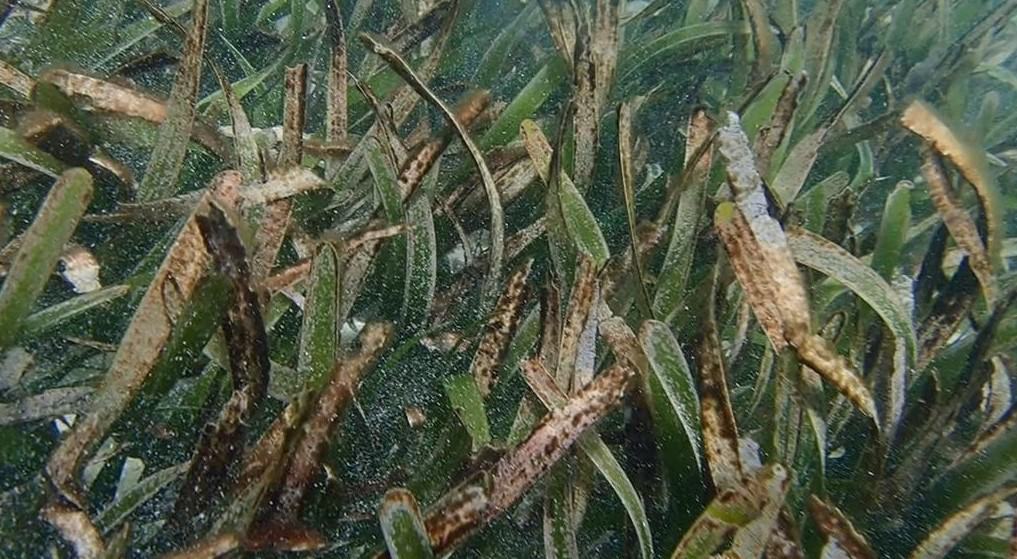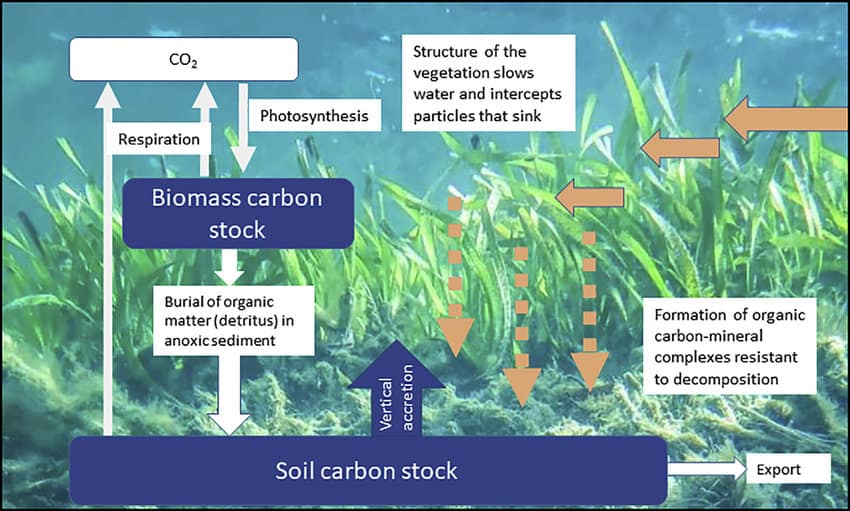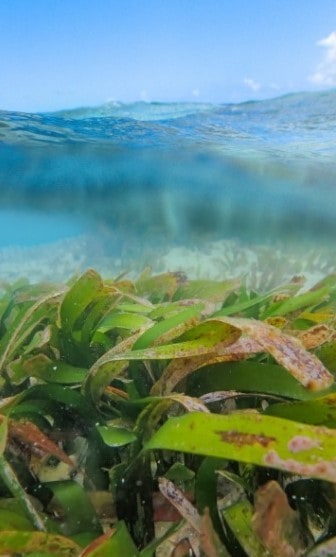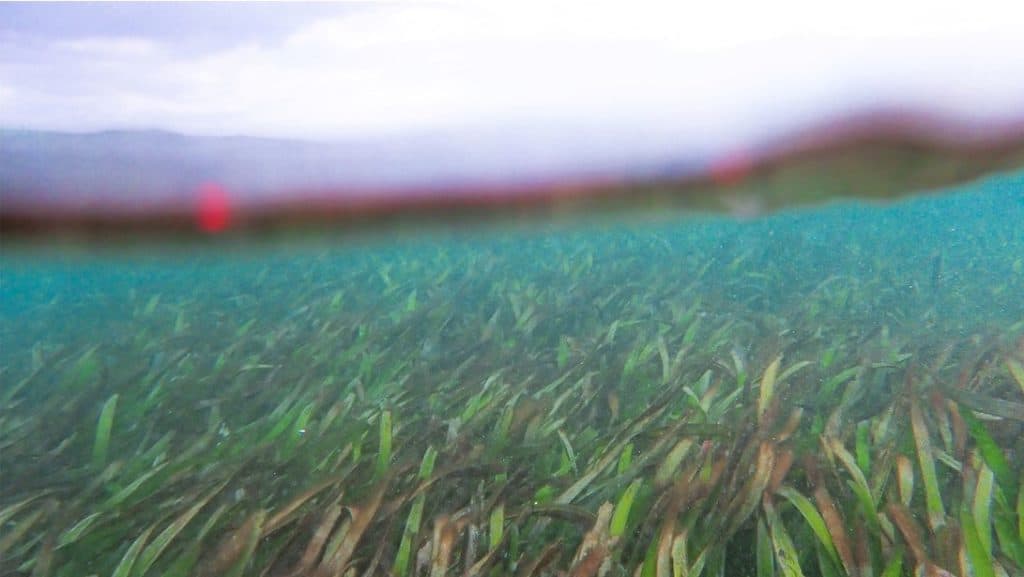Have you ever described yourself or someone else as “feeling blue”? In that case you are using a phrase coined from a custom among many old deepwater sailing ships. If the ship lost the captain or any of the officers during its voyage, she would fly blue flags and have a blue band painted along her entire hull when returning to homeport. I would like to think that this is true because it perfectly fits my narrative but given that the internet source was quite dubious it probably isn’t.
Another source indicated that the use of the colour blue to mean sadness goes all the way back to the 1300s. Some sources point to Geoffrey Chaucer as the first author to write the word blue in this context. This information is also from a dubious source and I cannot vouch for its accuracy either.
Regardless, the use of colours to describe various emotions is a common practice. For example, red can signify anger, black can mean death or evil, white can be used to show purity, and green can represent jealousy or a talent for growing plants depending on the part of your body that is being described as green.
A similar approach has been adopted to describe environmental carbon and the source from which it is derived. Grey carbon refers to carbon stored in fossil fuels such as coal before it is used. Green carbon, as the name suggests, refers to carbon stored in the living or organic material of trees once left untouched. When converted to timber, green carbon then becomes known as brown carbon. Red carbon refers to carbon stored and captured by all living organisms in snow and ice. Teal carbon is stored by inland freshwater wetlands such as shrubs, sedges and herbs. The main focus these days, however, is on blue carbon.
Blue carbon is the carbon captured by the world’s ocean and coastal ecosystems. Though terrestrial forests typically get most of the attention, they are not the only ecosystems that possess carbon sequestering capacity and a natural ability to fight climate change. There are three coastal ecosystems that are also highly effective at sequestering carbon dioxide: mangroves, seagrass, and salt marshes.

Photo by: Cherisse Persad
As their name implies, blue carbon ecosystems store captured carbon in their leaves, branches, roots, and soils. By removing carbon from the atmosphere, blue carbon ecosystems help fight climate change. The report by the Intergovernmental Panel on Climate Change, focusing on oceans and the cryosphere, points out that mangroves, salt marshes and seagrass meadows can store up to 1,000 tonnes of carbon per hectare—much higher than most terrestrial ecosystems. Seagrass accounts for 10 per cent of the ocean’s capacity to store carbon despite occupying only 0.2 per cent of the sea floor, and it can capture carbon from the atmosphere up to 35 times faster than tropical rainforests.
This is because terrestrial forests store most of their carbon in their biomass (branches, roots, and leaves), while blue carbon ecosystems store most of their carbon in their soils. In fact seagrass meadows and salt marshes often store more than 95% of their carbon in their soils! This is due to the poor oxygen levels, or anoxic conditions that occur in wet coastal soils as opposed to terrestrial soils. These anoxic conditions cause dead plant matter to take a longer time to decay leading to carbon becoming trapped for a longer time period, thousands of years. However, once these ecosystems are degraded or destroyed, the carbon that has been sequestered over thousands of years is released back into the atmosphere, making them a source of greenhouse gases.

Photo for ResearchGate
Apart from their carbon sequestering abilities blue carbon ecosystems provide other important services such as improving water quality, providing nurseries for fish populations, and coastal protection against floods and storms. They are also an important food source for several sea creatures. Animals like dugongs, manatees, and sea turtles graze on seagrass leaves. Dugongs have earned the moniker of sea cows because they can consume up to 88 pounds of seagrasses in a day. To put that in some context that is the equivalent of eating 50 heads of lettuce.

Even the dead and decomposing biomass of blue carbon ecosystems serve an important ecological role. Animals such as crabs will feed on the decaying leaves that fall from mangroves. As seagrass breaks down, the organic matter provides nutrients for organisms like worms, sea cucumbers, and various filter feeders. The services provided to the environment by blue carbon ecosystems are remarkable and difficult to replicate once lost.

The aforementioned Geoffrey Chaucer can be quoted as saying, “time and tide wait for no man” indeed, time and tide are both running out on our seagrasses and blue carbon ecosystems as they are some of the most threatened in the world. Globally seagrass beds are being lost at a rate of 7% per year. These environmentally sensitive species are one of our best weapons in the war against climate change but it is necessary for us to act in the best interest of the planet to save these amazing ecosystems.





